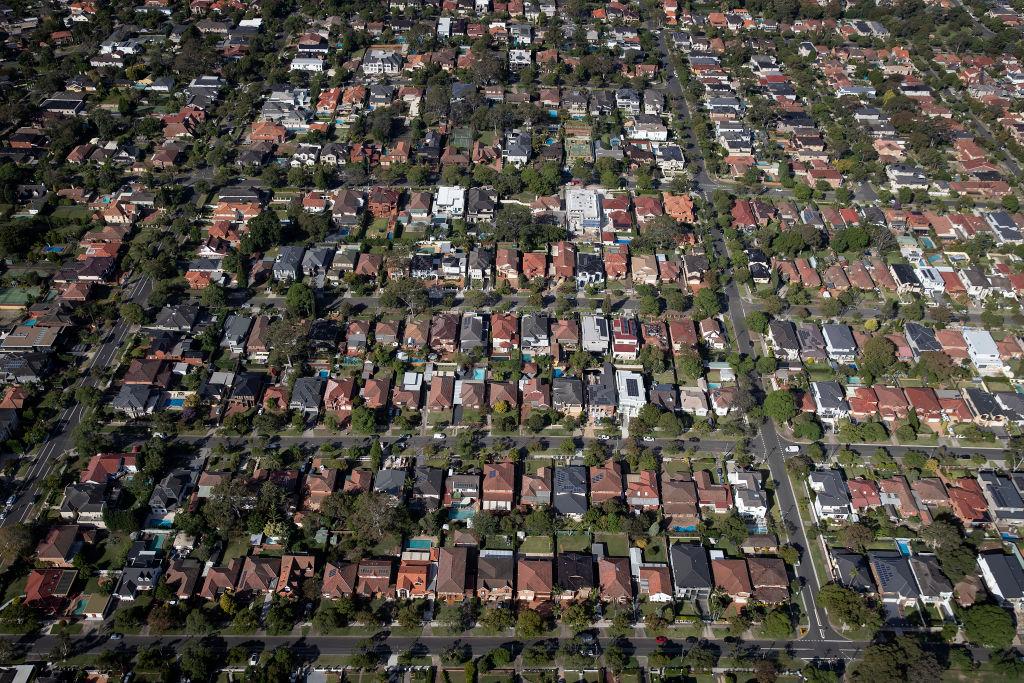The total value of 10.8 million Australian residential homes has broken the $10 trillion (US$6.95 trillion) mark for the first time in the March quarter.
New data from the Australian Bureau of Statistics (ABS) indicated that the national dwelling value increased by $221.2 billion to $10.2 trillion during the period.





